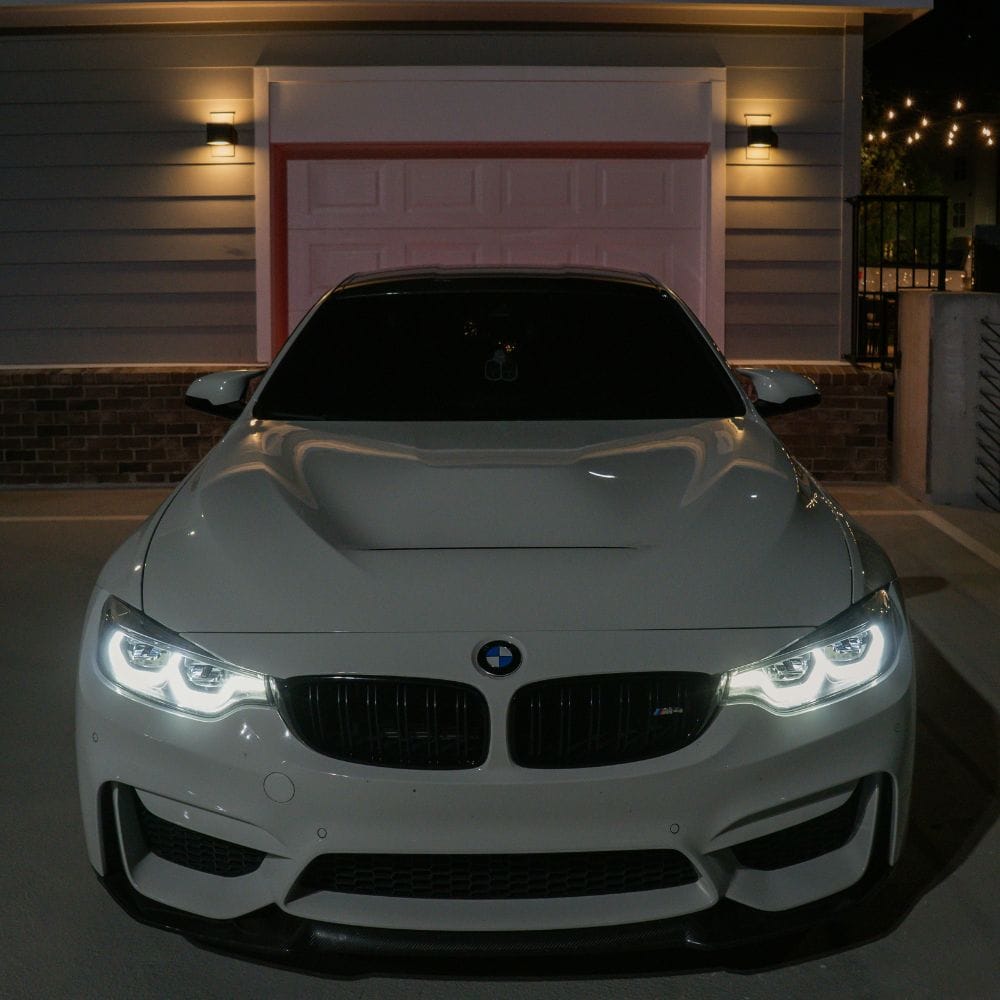Hey there! If you’ve ever wondered whether firing up your car daily is necessary—especially during cold months or long parking sessions—you’re not alone. Let’s cut through the myths and get to the facts.
The Big Question: Should You Start Your Car Daily?
What’s up with the “daily start” advice? For years, folks have sworn by starting their car every day to “keep it healthy.” But here’s the deal: modern cars aren’t the same as their *old-school* counterparts. While daily idling might’ve been legit for carbureted engines from the ‘70s, today’s fuel-injected systems are way more resilient.
You might worry about the battery dying, gas going stale, or oil settling. Totally valid! But guess what? Letting your car sit for a week (or even a few weeks) isn’t the disaster you’ve been told. Underline this: Most mechanics agree that starting your car once a week for 15–20 minutes is plenty to maintain basic systems. Daily starts? Overkill, unless you’re in extreme conditions.
Myth #1: “Your Battery Will Die If You Don’t Start Daily”
How’s your battery holding up? Car batteries lose charge over time, but here’s the kicker: starting the engine daily doesn’t magically “recharge” it. In fact, idling for 5–10 minutes barely adds juice. To actually charge the battery, you need to drive for at least 20–30 minutes.
Cold weather sucks for batteries, though. If temps drop below 32°F (0°C), your battery’s efficiency plummets by up to 35%. But daily idling won’t fix that. Instead, invest in a trickle charger or battery blanket (more on that later).

Myth #2: “Fuel Goes Bad If the Car Sits”
For real? Gasoline does degrade over time—but we’re talking months, not days. Modern fuel stabilizers keep gas fresh for 3–6 months. If you’re parking for less than a month, mixing old and new gas (say, topping off your tank) is no big deal.
Still paranoid? Add a fuel stabilizer before long storage. Pro tip: Fill the tank to prevent condensation, which can dilute fuel.
Myth #3: “Oil Settles and Stops Lubricating”
Get a break—it’s not 1923. Today’s synthetic oils cling to engine parts even after weeks of sitting. Sure, oil eventually drains to the pan, but starting the car circulates it within seconds. Unless you’re parking for 6+ months, this isn’t a concern.
When Should You Start Your Car Regularly?
Let’s hang out in reality. Extreme cold (think -20°F/-29°C or lower) can thicken oil and strain the battery. In these cases, starting the car every 2–3 days helps. But even then, idling isn’t enough—drive it gently to warm up all components.
The Battery Blanket Lifesaver
What’s a battery blanket? It’s an electric heating pad that wraps around your battery, keeping it warm in freezing temps. No more grunting over a dead battery! Most models use 50–80 watts and plug into a standard outlet.
| Battery Blanket Features |
|---|
| Material: Insulated silicone or polyester |
| Voltage: 12V (matches car batteries) |
| Power consumption: 50–80 watts/hour |
| Installation: Wrap and secure with straps |
| Safety: Auto-shutoff at 60°F (15°C) |
You can leave it plugged in indefinitely in cold climates—just ensure it’s weatherproof.
Smarter Alternatives to Daily Starts
What if there was a smarter way? Instead of idling daily, try these hacks:
- Use a trickle charger to maintain battery health.
- Drive the car weekly for 20+ minutes.
- Park in a garage to reduce temperature swings.
- Disconnect the battery if storing long-term.
The Verdict
Chill—you don’t need to start your car daily. Focus on weekly drives, battery maintenance, and fuel stabilizers. Save time, gas, and the planet while you’re at it.

FAQs
Can I Mix Old Gas with New Gas?
Totally! If your old gas is less than 6 months old, topping off the tank with fresh gas dilutes any minor degradation. Avoid mixing if the old gas smells sour (like varnish)—that means it’s spoiled. For gas older than a year, drain it first.
How Cold Is Too Cold for a Car?
Once temps hit -20°F (-29°C), batteries struggle, oil thickens, and rubber seals harden. Below that, use a battery blanket, synthetic oil, and park indoors if possible.
Does Idling a Car Charge the Battery?
Barely. Idling charges the battery at a snail’s pace—only 5–15 amps, versus 30–50 amps while driving. For a dead battery, drive or use a charger.
What Is a Battery Blanket?
It’s a heated wrap that keeps your car battery warm in freezing weather. Plug it in, and it prevents cold-related power loss. Perfect for Arctic-level winters!
How Long Can You Leave a Battery Blanket Plugged In?
Indefinitely, as long as it has auto-shutoff and is rated for continuous use. Most models cost under $0.10/hour to run. Just check for overheating (rare but possible).
Feeling under the weather about car maintenance now? Don’t! With these tips, you’ll keep your ride happy without the daily grind. Go binge-watch something instead—your car’s fine. 😎
Our team is creating outdoor-gear relevant articles with passion. If our articles can help you to find the correct solutions for your questions, we will be happy about that. In the content creation process, we usually collect accurate and useful information online or offline to compile our content in an organized way. Consequently, we can guarantee that you can discover some expected answers to your questions. We appreciate your time on our site.










